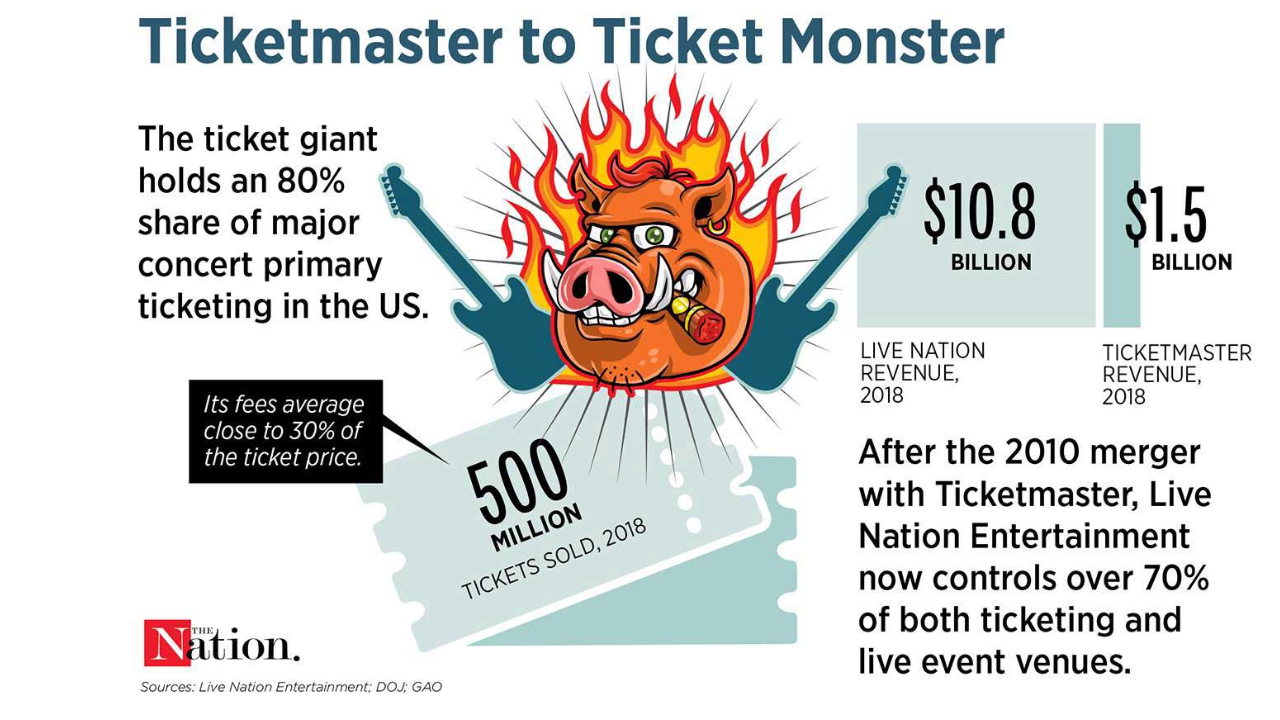Introduction
In the fast-paced world of British journalism, few names evoke as much passion, debate, and daily intrigue as the Daily Mail. Founded over a century ago, this tabloid powerhouse has shaped public opinion, sparked national conversations, and occasionally ignited fierce backlash. Whether you’re scrolling through its sensational headlines on MailOnline or flipping the pages of its print edition, the Daily Mail remains a staple for millions seeking news that’s equal parts informative and entertaining.
As we dive into 2025, the Daily Mail continues to dominate with stories on everything from aviation tragedies to celebrity scandals. This comprehensive guide unravels the newspaper’s legacy, its editorial edge, and why it still ranks as one of the UK’s top-circulating dailies. If you’ve ever wondered how a halfpenny paper became a global media giant, read on for expert insights into Daily Mail news trends and timeless impact.
The Origins: How the Daily Mail Revolutionized British Journalism
The story of the Daily Mail begins in 1896, when brothers Alfred and Harold Harmsworth launched it as a bold experiment in affordable, accessible news. Priced at just half a penny—half the cost of competitors—it targeted the emerging middle class with concise, populist reporting that mixed hard news with human-interest tales. By its first anniversary, circulation soared to over 500,000 copies, outpacing rivals and earning it the title of the world’s largest newspaper by 1902.
Pioneering Innovations in the Early Years
What set the Daily Mail apart? It wasn’t just the price; it was the vision. The paper introduced serialized fiction, women’s sections, and even aviation prizes—like the £10,000 reward for the first London-to-Manchester flight in 1910, which spurred early aviation breakthroughs. During the Second Boer War, it hired Sarah Wilson, the world’s first female war correspondent, blending grit with glamour.
- Key Milestones in the 1900s:
- 1906: Coined the term “suffragette” (initially as a jab at activists).
- 1914: Published the forged Zinoviev Letter, a hoax that helped topple the Liberal government.
- 1920s: Launched the first newspaper comic strip, “Teddy Tail,” influencing children’s media.
These moves didn’t just sell papers; they redefined tabloid storytelling, making news feel personal and urgent.

Ownership and Editorial Stance: The Rothermere Legacy
Today, the Daily Mail is owned by DMG Media, part of the Daily Mail and General Trust (DMGT), with Jonathan Harmsworth, 4th Viscount Rothermere, as controlling shareholder—a direct descendant of co-founder Harold Harmsworth. This family control ensures editorial independence, but it also ties the paper to a conservative heritage.
A Right-Wing Voice for “Middle England”
The Daily Mail’s stance is unapologetically right-leaning, consistently backing the Conservative Party in UK elections since 1945 (except a brief 1974 flirtation with a Liberal-Conservative pact). It championed Brexit in 2016 and endorsed Liz Truss in 2022 for her “bold vision.” On social issues, it’s campaigned against GM crops and cannabis legalization, often framing stories with a skeptical eye toward progressive policies.
Yet, it’s not monolithic. The paper’s women’s sections and lifestyle features have long empowered female readers, evolving from early 20th-century advice columns to modern wellness tips. In 2025, this balance keeps it relevant amid shifting demographics—52-55% of readers are women, with an average age of 58.
Circulation and Digital Dominance: Numbers That Matter
As of June 2025, the Daily Mail’s daily print circulation stands at 631,191 copies, down from a 2020 peak of 1.13 million but still leading UK dailies. Its secret weapon? MailOnline, the world’s most-visited newspaper site, boasting over 218 million unique monthly visitors in recent years.
| Metric | Print (2025) | Digital (2020 Peak) | Comparison to Rivals |
|---|---|---|---|
| Daily Circulation | 631,191 | N/A | Ahead of The Sun (down 20% YoY) |
| Readership | 2.18 million (avg.) | 218M monthly uniques | Outpaces BBC News online |
| Demographics | 58 avg. age, 52% female | Global, younger skew | Strong ABC1 (41%) |
This hybrid model—print for loyalists, digital for virality—has sustained growth. In 2020, it overtook The Sun as the UK’s top seller, a feat repeated in digital traffic surges during election cycles.
Controversies: The Dark Side of Sensationalism
No discussion of Daily Mail news is complete without its scandals. Rated “Right Biased and Questionable” by Media Bias/Fact Check for failed fact checks and poor sourcing, the paper has a long rap sheet. Wikipedia even banned it as a reliable source in 2017 due to “sensationalism and fabrication.”
Historical Flashpoints
- 1930s Fascist Sympathies: Headlines like “Hurrah for the Blackshirts!” backed Oswald Mosley’s movement, while praising Hitler as a “Youth Triumphant” figure. It opposed Indian independence, decrying the “end of white supremacy.”
- Post-War Missteps: A 2009 obituary for Stephen Gately drew 25,000 complaints for homophobia; a 2013 hit-piece on Ralph Miliband accused him of “hating Britain,” sparking antisemitism claims.
2025’s Fresh Storms
This year has been no exception. In October, Prince Harry’s lawyers alleged the Daily Mail targeted William and Kate in privacy breaches, though a court ruled against expanding the claim. A July petition to ban Daily Mail coverage exploded after insensitive reporting on Liverpool FC’s Diogo Jota tragedy, echoing Hillsborough-era distrust. Add a photoshopped image of Korean soldiers in Ukraine (removed after backlash) and complaints over “naughty or nice” holiday tax headlines, and 2025 cements its polarizing rep.
Despite libel losses—to J.K. Rowling in 2014 and Melania Trump in 2017—the paper defends its “voice of Middle England” ethos, winning Press Awards nine times since 1994.
Daily Mail News in 2025: Top Trends and Headlines
Staying true to its roots, the Daily Mail in 2025 blends breaking news with viral hooks. Aviation dominates, dubbed the “deadliest year” with disasters like the December 2024 South Korea runway crash killing 179. Experts cite pilot fatigue and aging fleets as culprits.
Must-Read Categories
- US Politics: Trump’s February executive order invoking obscure Constitutional powers to expand presidential might—dubbed a “bombshell” for making him “the most powerful president in history.”
- Corporate Drama: Cracker Barrel’s CEO faces ouster calls over a “delusional woke rebrand,” with insiders leaking $1M salary gripes.
- Entertainment Buzz: Glastonbury 2025’s comebacks (Lewis Capaldi’s emotional set) clashed with controversies like Bob Vylan’s “vile chant.” The American Music Awards? Branded the “worst ever” for star snubs.
These stories exemplify the Daily Mail’s knack for turning facts into feasts—engaging, if eyebrow-raising.
The Positive Impact: Campaigns That Changed Lives
Beyond controversy, the Daily Mail drives change. Its 2008-2012 fight against extraditing hacker Gary McKinnon succeeded, halting his US handover. The plastic pollution crusade, launched in 2008, earned UN praise in 2017 for reducing ocean waste.
In culture, it inspired The Beatles’ “A Day in the Life” (via a pothole story) and Evelyn Waugh’s Scoop. Today, DailyMailTV (launched 2017) extends its reach stateside.
Conclusion
From its 1896 roots as a penny-pinching disruptor to 2025’s whirlwind of aviation alerts and royal rows, the Daily Mail embodies journalism’s highs and lows. Its conservative bite, massive reach, and cultural clout make it indispensable—flaws and all—for understanding Britain’s pulse. We’ve covered the history that built it, controversies that test it, and headlines that define it now.
Ready to form your own opinion? Head to MailOnline for the latest Daily Mail news, or share your thoughts in the comments below. Subscribe to our newsletter for weekly media deep-dives—don’t miss out on what shapes tomorrow’s stories!







Leave a Reply